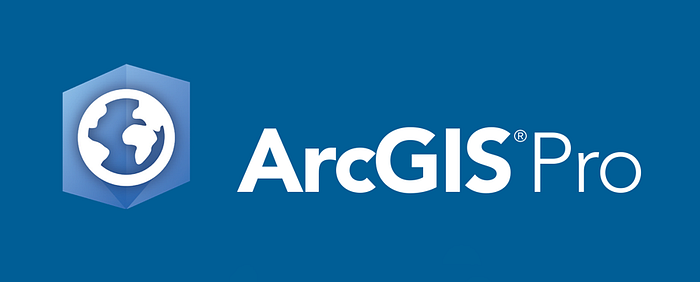Member-only story
8 Powerful Ways to Use Python in ArcGIS Pro
Unlocking the Full Potential of GIS with Python Automation

Esri announced that they will be doing away with Arcmap from 2026 this means that they will no longer be updating arcmap encouraging their users to use ArcGis pro best suited for geospatial machine learning and deep learning.
The data science revolution is taking over all aspects of our lives, leaving no stone unturned — You cannot name me one sector that has not been shaken by digital disruption, from health care, finance, education and geospatial analysis, This is just the beginning of a new era.
One thing you should be sure about in the 21st-century work setting is that change is constant and it is here, we have seen this with the emergence of AI model tools like ChatGPT and Gemini which are causing waves within the technology community. The illiterate of the 21st century will not be those who cannot read and write, but those who cannot learn, unlearn, and relearn.
the shift from ArcMap to ArcGIS Pro suggests a fundamental point for GIS experts and python will be the heart of it, signifying a paradigm change towards an approach that is focused on data science. Accepting this disruption is vital because it allows practitioners to take advantage of enhanced analytical skills while also improving project organization, streamlining workflows, and promoting teamwork. GIS professionals may put themselves at the forefront of innovation and drive significant decision-making in a constantly changing environment by adopting the shift to data science within ArcGIS Pro.
In this article, we shall look at ways to leverage Python in ArcGIS Pro for automating tasks, enhancing spatial analysis, integrating machine learning, and optimizing geospatial workflows. Unfortunately, due to licensing issues,I will just share a code snippet to demonstrate the implementation without displaying the full results or map visuals.

